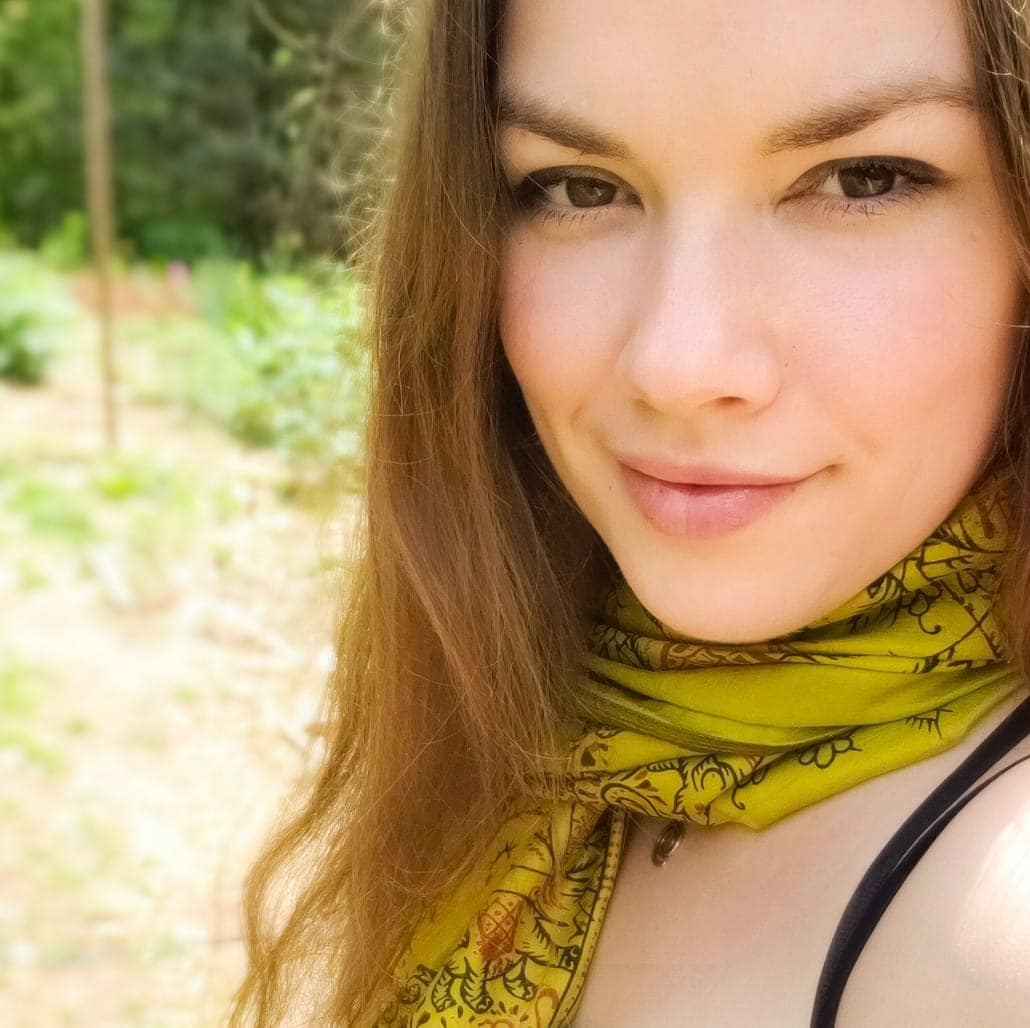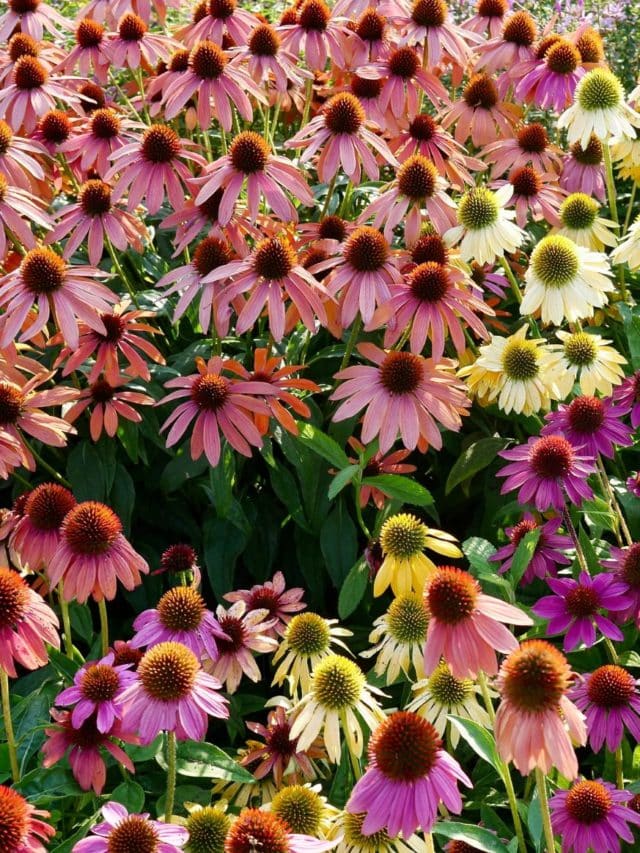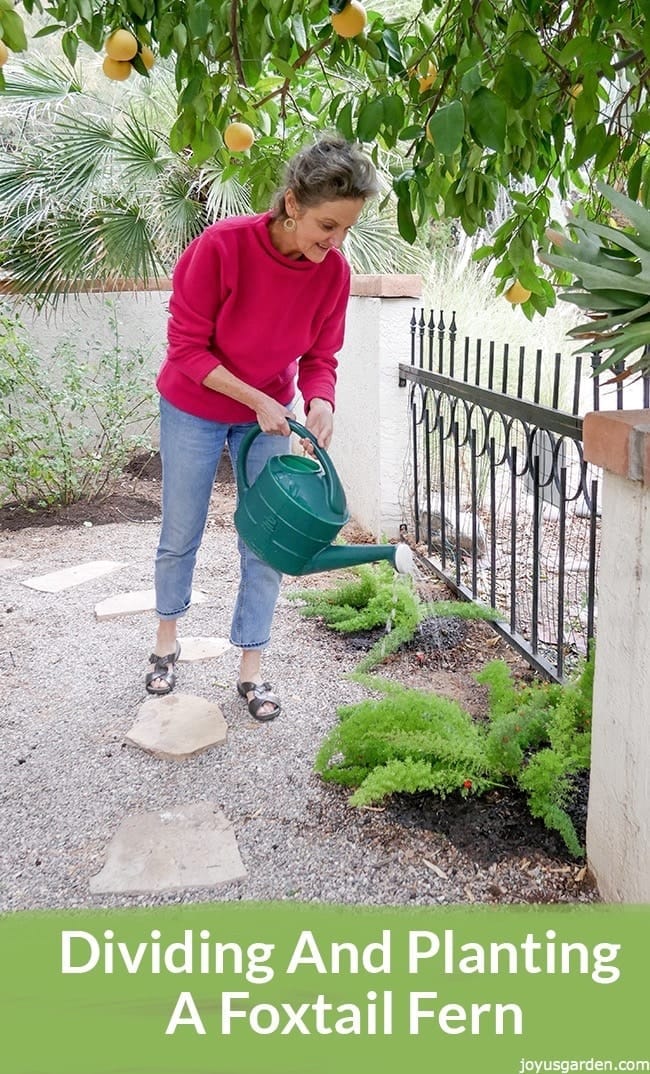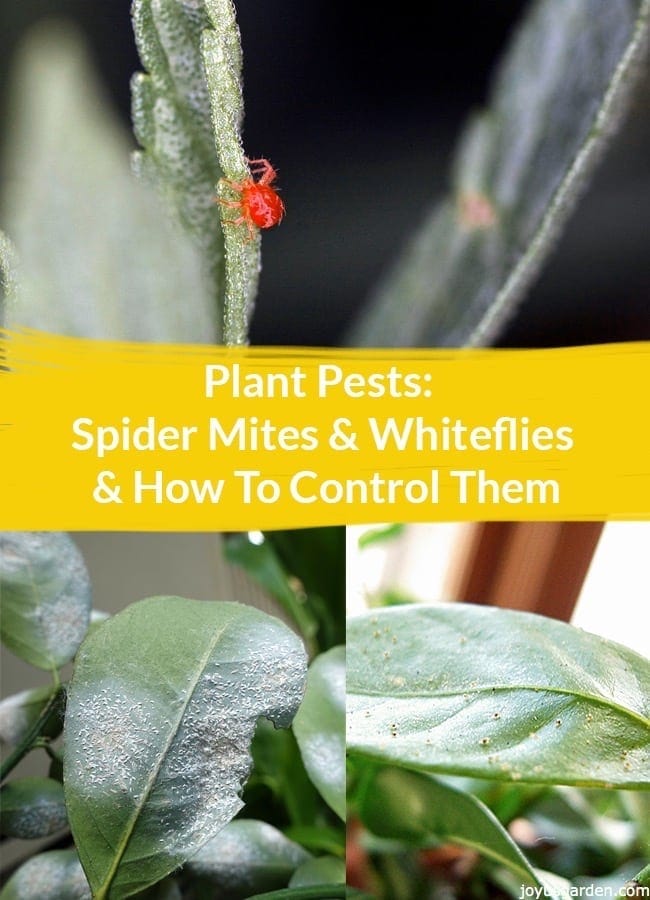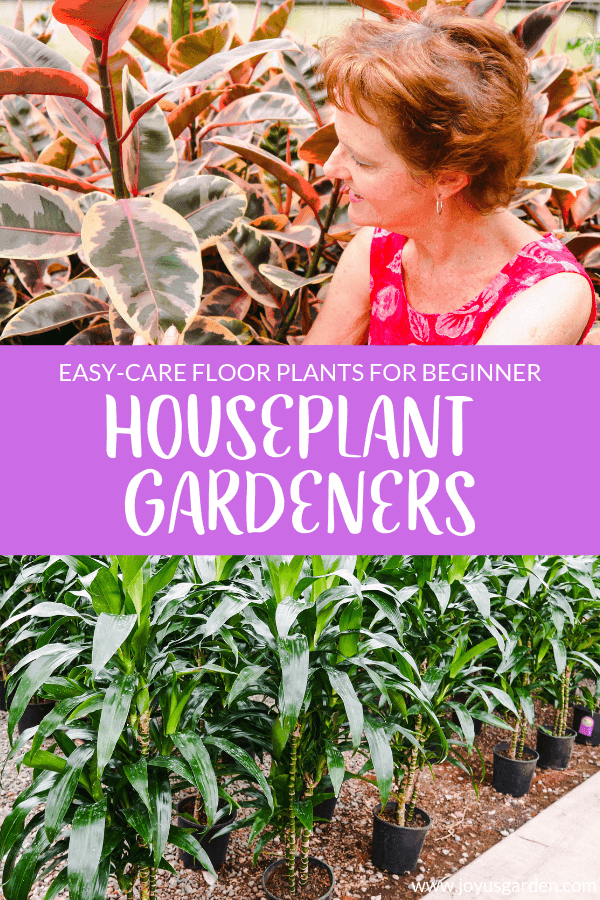Herb Gardening In Pots: Herb Container Garden Tips
In this guide, we’ll share the tips you need to know to grow your own container herb garden. From plant selection to the best herb planters, you’ll find everything you need to start herb gardening in pots right here.
Herbs are some of the priciest ingredients at the grocery store, and if you’ve ever purchased a handful of fresh cilantro or parsley, you know they don’t last long in the fridge. It’s no surprise that many gardeners have turned to growing their own herbs in their garden beds to save money and time.
But there’s good news if you have a small garden, or no garden at all, and still dream of having the freshest herbs on hand for recipes and herbal teas. With an herb container garden, you can grow your favorite herbs in small pots outdoors or maintain a thriving indoor herb garden on a sunny window sill all year round!
How To Grow Herbs In Containers
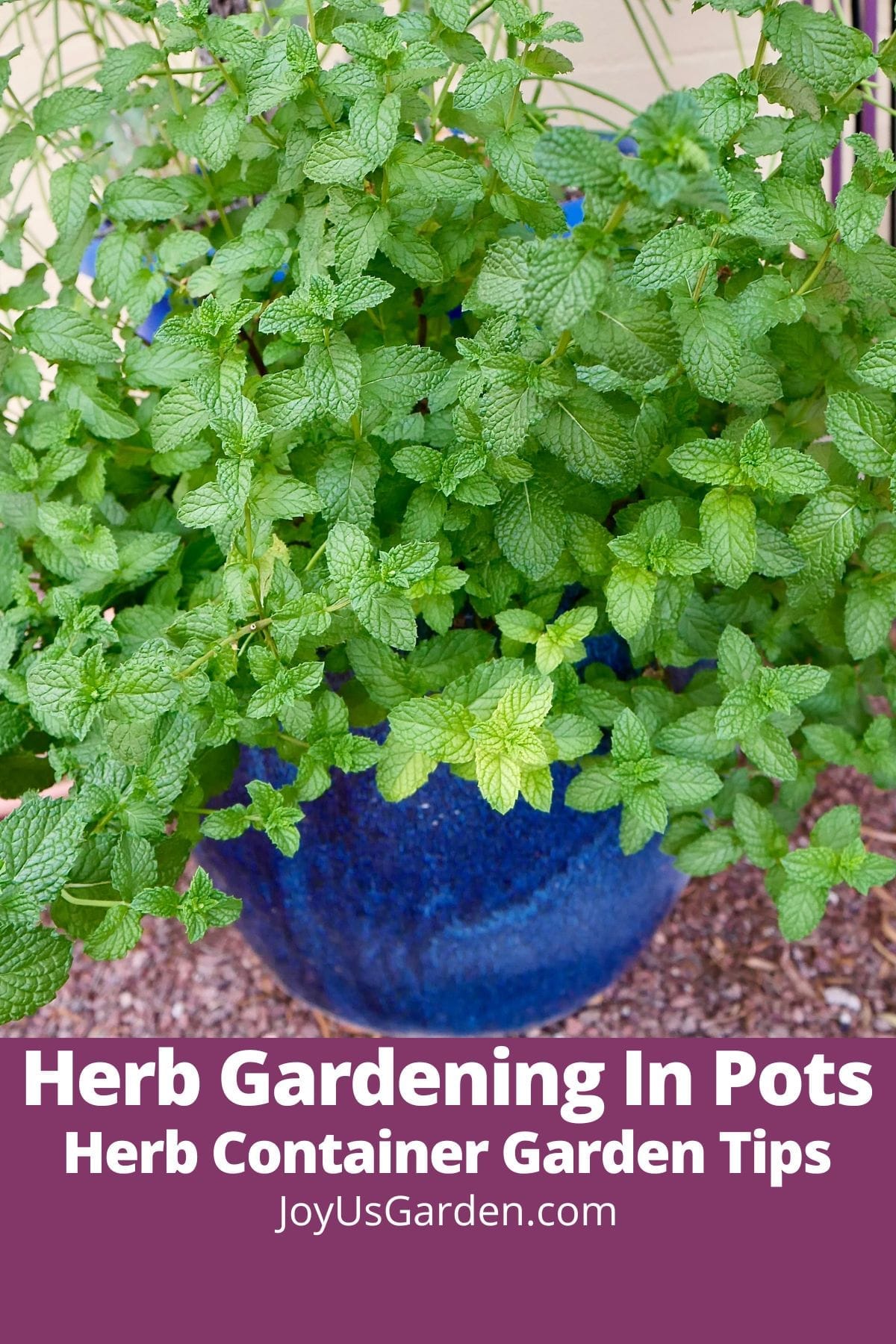
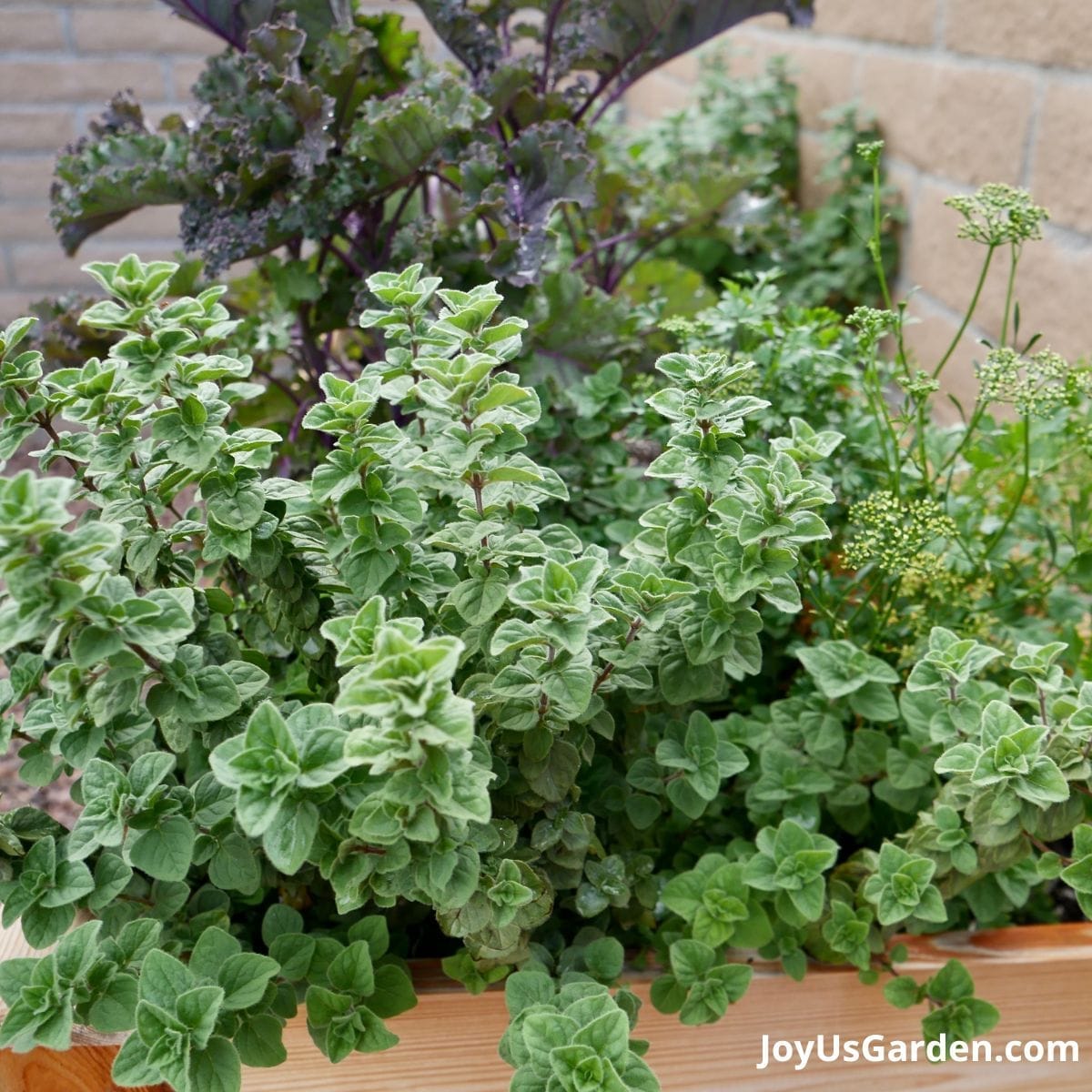
Choosing Containers For Herbs
The best type of container for growing herbs will depend on the types of herbs you’d like to keep. Some herbs, like sage, can get quite large, so they’ll need larger pots to support their growth. Most herbs, however, grow relatively compactly, and a single basil, cilantro, or chive plant can grow happily in a 6 to 8” pot or planter.
Both clay pots and plastic pots work well for herbs as well as ceramic and wooden pots, or you can try out hanging baskets, grow bags, or large planters and keep several herb plants together. Just make sure that whatever container you use has plenty of drainage holes to prevent soggy soil.
Herb Garden Light Requirements
Most herbs grow best in full sun and should receive at least 6 to 8 hours of sun daily. If you have a sunny porch or patio, that’s a great spot to keep herbs! You can also grow herbs on a sunny windowsill, but if you keep herbs indoors in a low-light area, you’ll want to add a grow light.
Some herbs like basil, cilantro, and dill can benefit from partial shade in the afternoon. These plants tend to bolt in the heat, or they can suffer leaf scorch from too much bright sun. But if you grow them in a spot with some shade, you can slow down bolting and prevent leaf burn.
Soil & Amendments For Herb Gardening In Pots
The best soil for herb container gardens is a quality potting mix with good drainage. While it can be tempting to use garden soil in your plant pots, standard soil can become compacted in container gardens and limit the growth of plant roots.
Many potting mixes have nutrients added to support plant growth. But if you want to boost your plants, try mixing a handful or two of organic compost or worming castings into your soil before planting your herbs!
The Best Herbs For Container Gardening
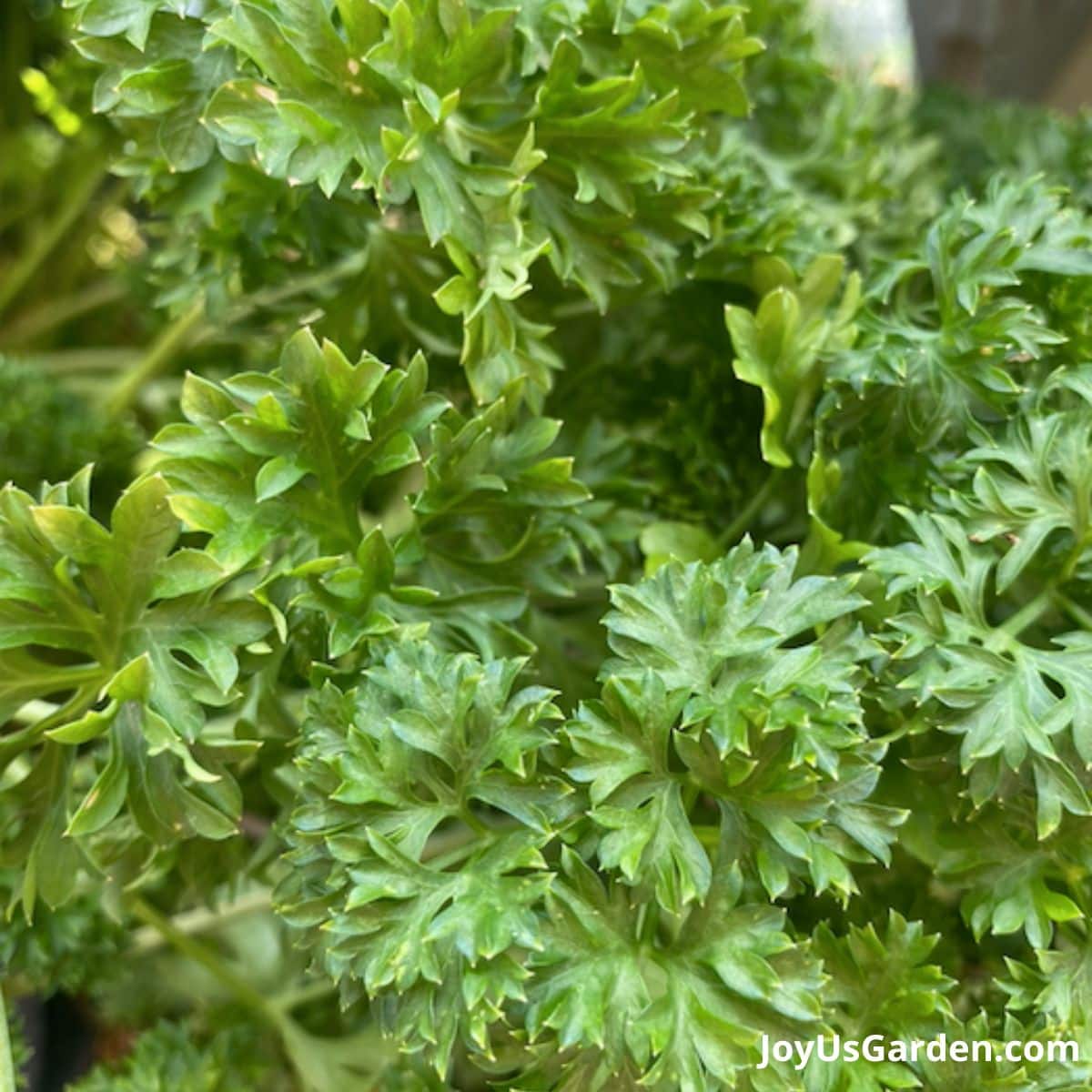
Most herbs work well in container gardening; however, smaller plants are easier to grow in pots. In general, it’s also usually easier to grow annual herbs in pots, rather than perennial herbs, as you won’t need to worry about overwintering your plants if you’re in a colder climate.
Below is a list of some of the best culinary herbs for containers and tips on caring for them.
Basil
There’s nothing like homegrown basil blended into pesto or added to Caprese salads! Basil plants stay small, so they’re perfect for container growing, and keeping basil on your patio or windowsill will make harvesting fresh leaves super simple.
While Genovese Basil is the most common basil to use in pasta dishes and pesto, if you’re craving something new, try different varieties of basil, like Thai sweet basil or purple basil.
Lemon Balm
With a bright floral flavor and notes of citrus, Lemon Balm is hard to beat if you love herbal teas. Lemon balm is also a member of the mint family, and it can spread in gardens, but if you keep it in pots, it’s much easier to maintain.
Greek Oregano
A must-have if you love making pizza and homemade sauces, Greek Oregano is a low-maintenance herb that comes back year after year. In fact, Greek oregano is quite cold hardy and can be harvested throughout the winter in mild climates.
Oregano grows fast & benefits from mid-season pruning right after flowering; here is a guide on Pruning An Oregano Plant.
Parsley
Both curly and flat leafed parsley are very easy to grow from seed, but Parsley is a biennial, and it will need to be replanted every two years. The good news is that parsley readily self-sows if you allow your plants to flower!
Mint
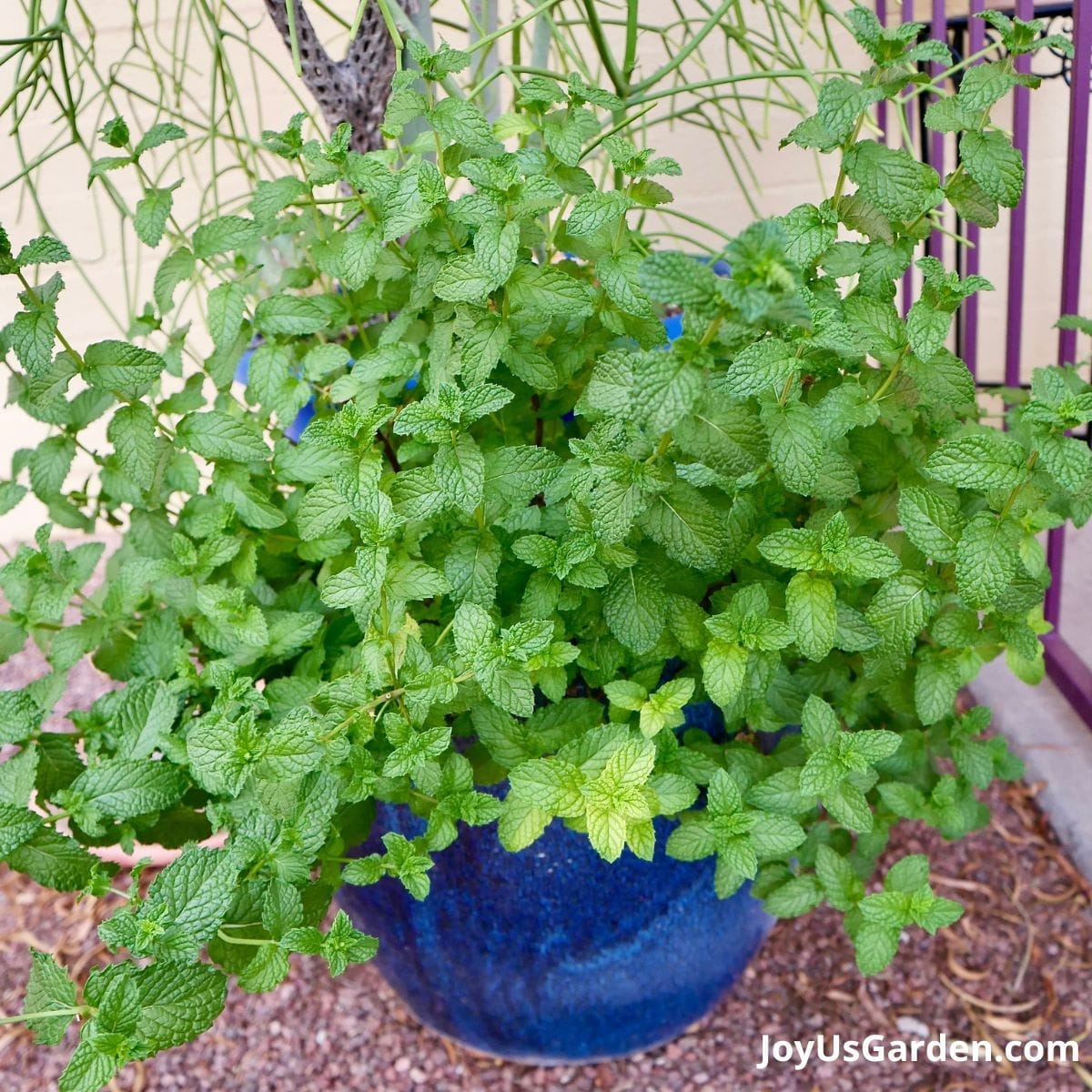
Mint is tasty in desserts, fresh salads, and herbal teas, but it’s a bit notorious in gardens. When planted in inground beds, mint can spread and outcompete other plants, but mint plants are much more manageable in container gardens.
Mint is one of our favorite herbs! Here are a few guides that may be useful for you when growing Mint. How To Care For Mint, How To Prune & Feed Mint Plants, Tips For Growing Mojito Mint.
Rosemary
Rosemary has lower-than-average watering needs, which is why it’s important to plant this herb in well-drained soil. In cold climates, rosemary grows as an annual, but if you grow rosemary in pots, you can overwinter your plant indoors.
Looking for more on Rosemary? Here are some helpful guides: Growing Rosemary and Uses For Rosemary
Lemon Thyme
Thyme is often used in roasts, soups, and stews, but if you like unique flavors, you may want to try out cultivars like lemon thyme. This herb has the same growing needs as standard thyme but has a bright, lemony flavor that uplifts any recipe!
Dill
Dill is a fast-growing herb that easily sprouts from seed but bolts in the summer heat. To keep your harvest going, consider succession planting dill seeds every 2 to 3 weeks. And don’t forget to plant some extra dill to feed swallowtail butterflies!
Chives
Chives grow as perennials in most areas, but their small size makes them suitable for container gardening. Chives’ strong scent can repel many pest insects, but their flowers are irresistible to swallowtail!
Are you interested in more info on pollinator plants? Check out our post on Plants That Attract Pollinators.
Cilantro
Like dill, Cilantro bolts in the heat, but you can slow down this process by removing flower buds and watering your plants often.
Lemon verbena
Another fragrant plant that’s perfect for herbal teas, lemon verbena plants are tender perennials that are only hardy in zones 9 and 10. But you can prolong your harvest by overwintering potted plants indoors.
Here’s some of our gardening posts you’ll find helpful: How To Sharpen Garden Shears: Cleaning & Sharpening Pruning Tools, Vegetable Container Gardening, Feeding Roses FAQ’s, Organic Gardening At Home, Herbs For Full Sun, Repotting Plants & Organic Flower Gardening.
What Herbs Can Be Planted Together?
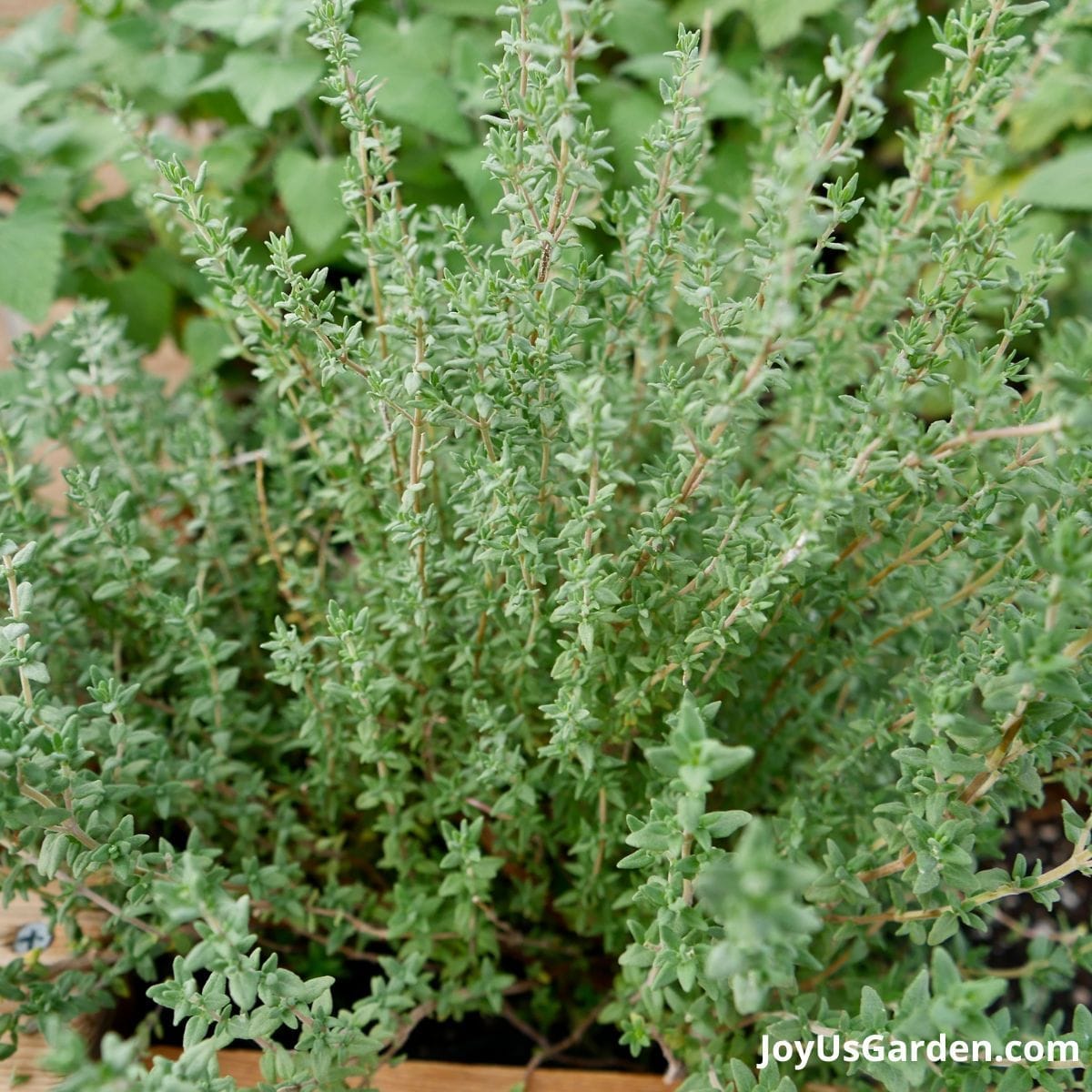
Most herbs can be grown together in pots, except tender herbs and woody-stemmed herbs.
Mediterranean herbs with woody stems, like rosemary and lavender, have lower watering needs than herbs with tender stems, like basil, cilantro, and parsley. Growing these two herb types together often results in overwatered or underwatered plants, and you don’t want that.
Here are a few other posts on growing herbs you’ll find helpful: Top 13 Herbs For Full Sun, 26 Best Herbs For A Tea Garden, & 16 Plants and Herbs That Repel Mosquitos.
Harvesting Your Herbs
Most established herbs can be harvested throughout the growing season by simply snipping away sections of the stem to use in recipes. Once you’ve harvested a few leaves from your herbs, most herbs will produce even more leaves and come back bushier, but you shouldn’t harvest more than 1/3 of your plant at a time.
Dill and cilantro bolt when temperatures rise, so you may want to harvest the entire plant before the weather gets hot in summer. Additionally, since annual herbs won’t survive winter, harvesting entire annual herb plants at the end of the season is a good idea.
If you end up with more fresh herbs than you need, storing them in the freezer or drying them with a dehydrator is a great way to preserve your harvest for the winter months!
How To Maintain Your Herb Garden
Herb gardens have the same basic care requirements as any vegetable or ornamental garden. Most herbs should be grown in bright light and watered regularly, although some drought-tolerant herbs can get by on rainwater alone.
If you amended your soil with compost before planting herbs, you might not need to add any extra fertilizer; however, most herbs will benefit from a light, diluted fertilizer application from time to time.
Finally, don’t forget to weed your herb garden and check your plants for pests to keep your herbs growing strong.
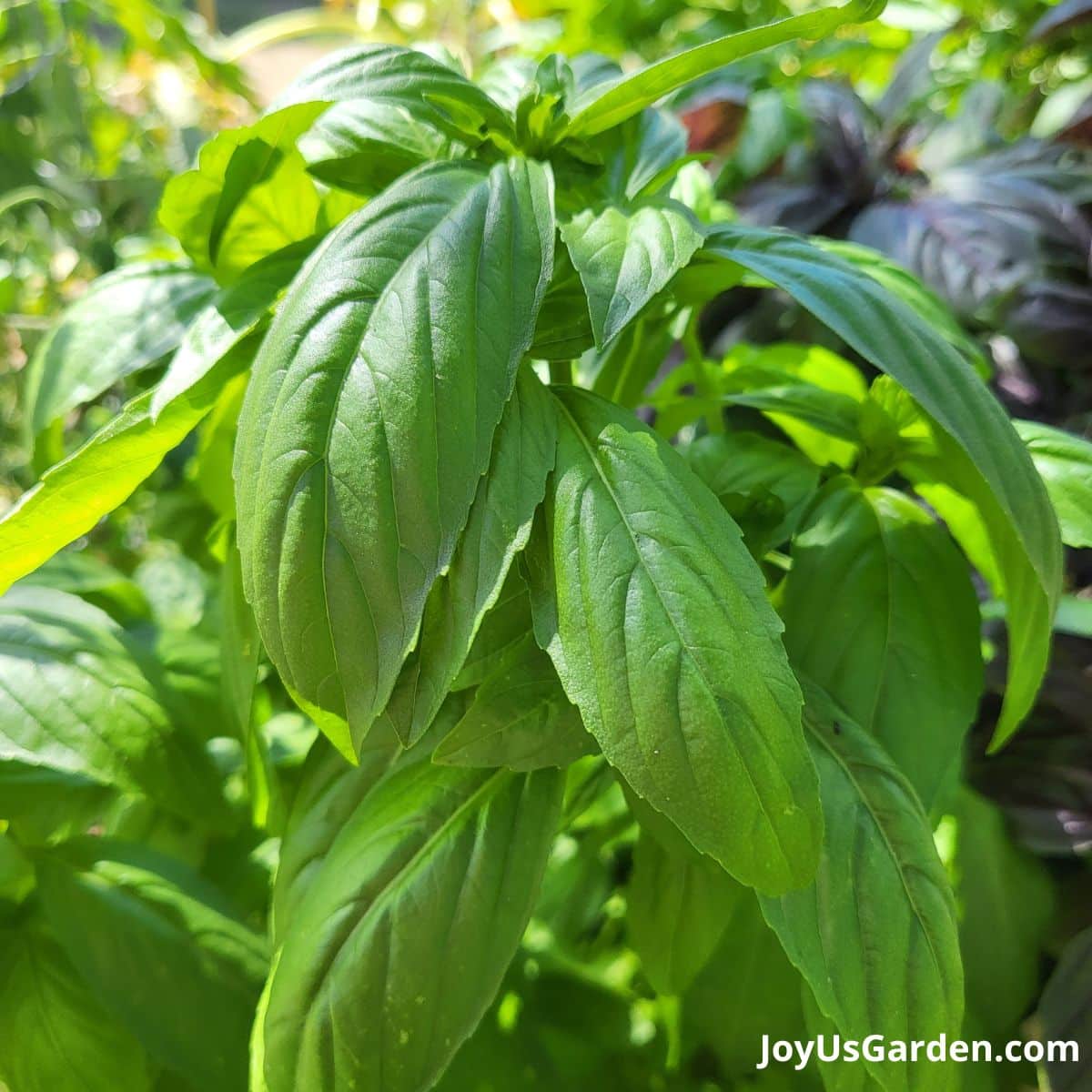
FAQ’s Herb Gardening In Pots
Herbs can grow happily in pots as long as their roots have enough space. Most herbs can be kept in small, 6” pots, but larger pots can encourage your herbs to grow even bigger!
Most herbs can be grown indoors in pots with plenty of bright sunlight. One tip for keeping herbs indoors is to add a humidifier or pebble tray beneath your plants. Indoor air is usually dry, but adding extra humidity can prevent crispy leaves.
Dill and cilantro bolt in the summer heat, but if you grow these herbs in part shade, you can extend their growing season. Basil is also susceptible to leaf burn in bright sun, so this herb is also perfect for shadier locations.
Conclusion
Growing herbs and other edible plants in pots is an easy way to have the freshest ingredients on hand, and it’s a smart way to expand your garden and grow in a small space too. Whether you grow herbs from seed or purchase plants at garden centers, we hope you’ve enjoyed these herb garden ideas and give herb gardening in pots a try this growing season!
Happy gardening,
-Lauren
Lauren Landers is a Master Gardener and gardeing writer livig in Maine. After running a small organic farm in New England for several years, Lauren transitioned to freelance writing and loves helping others discover the beauty of organic and pollinator gardening!
This post may contain affiliate links, you can read our policies here.
